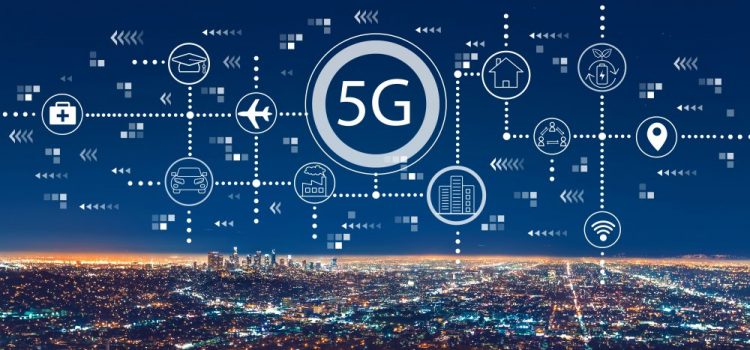The 5G wireless revolution
What is 5G?
It’s the next (fifth) generation of cellular technology, and it promises to greatly enhance the speed, coverage and responsiveness of wireless networks.
How fast are we talking? Some networks showed speeds surging past 1 gigabit per second.
That’s 10 to 100 times speedier than your typical cellular connection, and even faster than anything you can get with a physical fiber-optic cable going into your house. (In optimal conditions, you’ll be able to download a season’s worth of Stranger Things in seconds.)
One of the key benefits is something called low latency. You’ll hear this term a lot. Latency is the response time between when you click on a link or start streaming a video on your phone, which sends the request up to the network, and when the network responds, delivering you the website or playing your video.
5G initially used super-high-frequency spectrum, which has shorter range but higher capacity, to deliver a massive pipe for online access. Think of it as a glorified Wi-Fi hotspot.
But given the range and interference issues, the carriers are also using lower-frequency spectrum — the type used in today’s networks — to help ferry 5G across greater distances and through walls and other obstructions.
Are there other benefits?
The 5G network is designed to connect a far greater number of devices than a traditional cellular network does. That internet of things trend you keep hearing about? 5G can power multiple devices around you, whether it’s a dog collar or a refrigerator.
The 5G network was also specifically built to handle equipment used by businesses, such as farm equipment or ATMs. Beyond speed, it’s also designed to work differently on connected products that don’t need a constant connection, like a sensor for fertilizer. Those kinds of low-power scanners are intended to work on the same battery for 10 years and still be able to periodically send data.
We are awaiting for the next generation of cellular technology.

